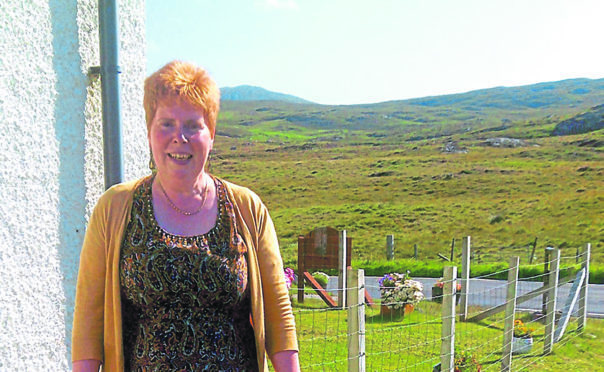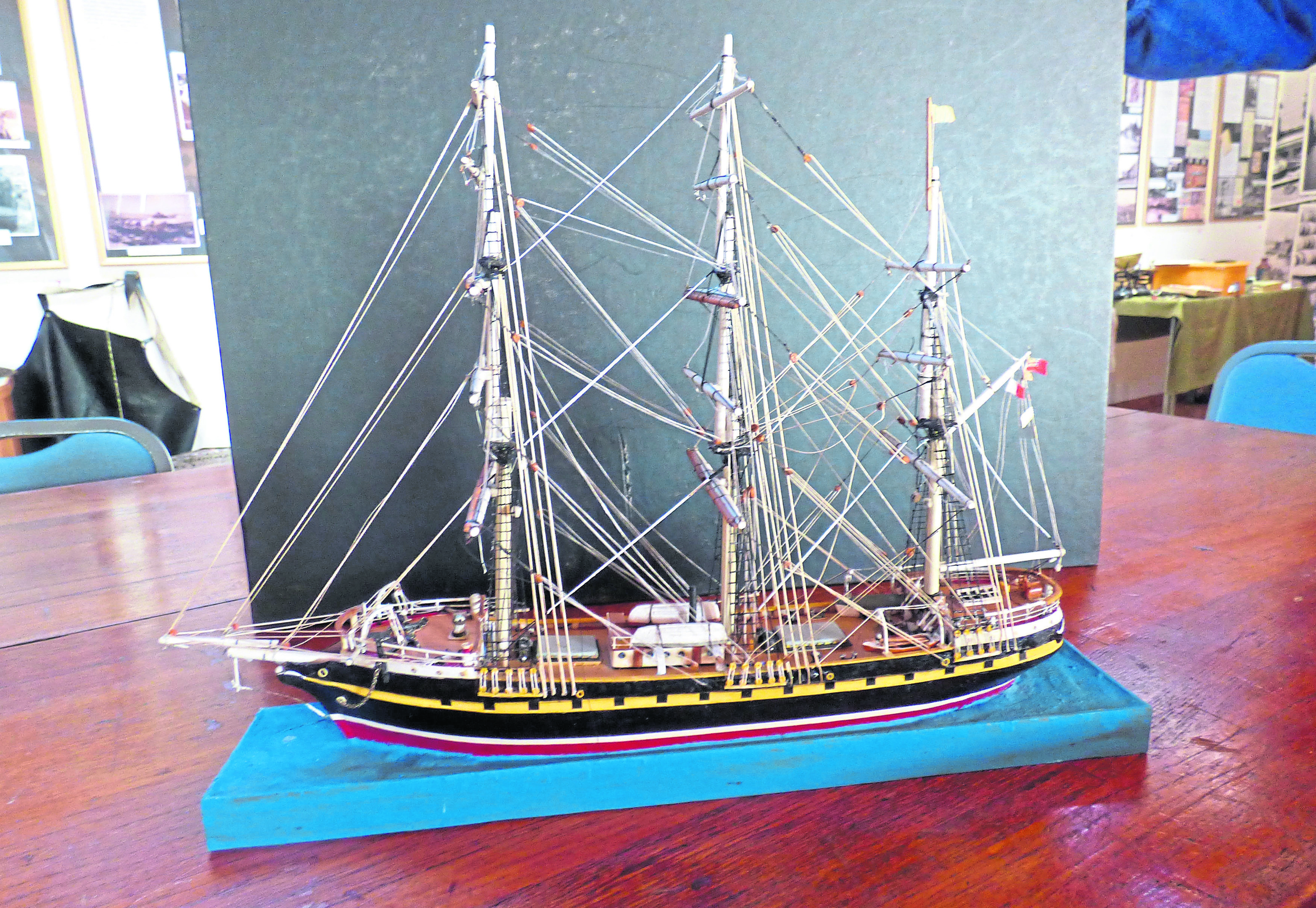They were dreaming of a new life on the other side of the Atlantic, but the men, women and children on board the Annie Jane have instead entered the history books as the victims of one of Britain’s worst maritime disasters.
More than 350 souls perished as the vessel ran into rocks off the island of Vatersay in the Outer Hebrides during a ferocious storm on September 28, 1853.
And tomorrow, a special memorial service is being held to mark the 165th anniversary of an event that snatched away so many families who were attempting to start over in Canada.
The Annie Jane was carrying about 450 emigrants from Liverpool to Montreal when it suffered calamity and splintered into a thousand pieces.
The victims, who were fleeing poverty and famine, were said to have been “packed like herrings in a barrel” and were subsequently dumped into two unmarked, mass graves in the dunes behind a beach.
The death toll may even have been higher because the names of children in the doomed ship’s manifest were not recorded in those days.
And the disaster, which was subsequently marked by a simple granite obelisk overlooking Vatersay west beach, led to survivors demanding what was the first-ever public inquiry into a major incident.
Rev Dr Lindsay Schluter, minister of Barra and South Uist Church of Scotland congregations, and Barra Roman Catholic priest, Father John Paul Mackinnon, will lead the ceremony on the machair – a grassy plain – in Vatersay.
Dr Schluter said: “Circumstances at the time of the disaster meant that the deceased were not afforded the dignity of a funeral service and formal committal.
“The recent publication of a book on this disaster has brought awareness of this to people’s minds and there is a desire to do now what was not done then.”
The Annie Jane, a three-masted wooden merchant ship carrying an overheavy cargo of iron, made a previous bid to cross the Atlantic, but turned back because of bad weather and was on her second run when she ran into difficulty.
>> Keep up to date with the latest news with The P&J newsletter
Passengers included emigrants from Ireland and Scotland, London schoolboys, French-speaking Swiss missionaries and skilled workers from Glasgow hired to help build railways in Canada.
There were around 100 survivors who were fed and looked after in a place with few trees from which to fashion coffins and only one proper dwelling house.
Dr Schluter added: “The shipwreck of the Annie Jane overwhelmed the tiny island of Vatersay which only a few years earlier had been cleared of its people to make way for cattle grazing.
“The neighbouring island of Barra was also impacted by clearances and struggling with such levels of destitution that its people too were overwhelmed by the tragedy, caring for survivors and burying the dead.”
While the service will remember the victims of the Annie Jane, thoughts will also extend to men, women and children in the modern day who have perished while trying to cross the sea in search of a better life.
Remembering the events
Allan F Murray’s book “The Wreck of the Annie Jane” highlighted the scale of the maritime disaster in 1853.
It recounted: “Of the crew there were 36 survivors, while 12 had drowned. Of the 12 cabin passengers, only four had survived, and of the steerage passengers 46 men, 16 women and one four-month-old baby had survived.
“According to the captain, they numbered a total of 101, plus the baby who, for some reason, they did not count as a survivor.
“Assuming there had been the full complement of 385 emigrants aboard, then strewn along the beach and still caught up in the wreckage were 329 bodies in total.
“However, children under ten travelling with parents were not even listed as names on the passenger list, so, the real figure would have been much higher.
“The wreck of the ‘Annie Jane’ remains, even today, one of the worst maritime disasters in British peacetime history.”

